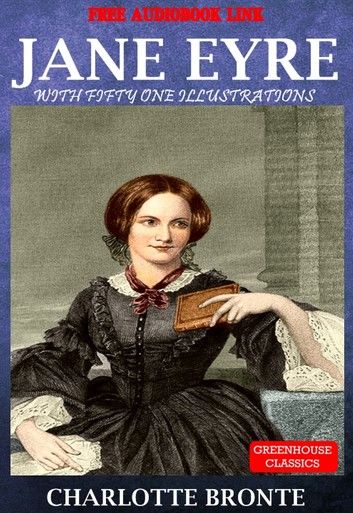'JANE EYRE' was first published in October 1847. Half a century since this tale of the North by an unknown writer stole upon London, and, in the very midst of the serial publication of ' Vanity Fair,' took the town by storm, obtaining for its author in the course of a few weeks a success which, as the creator of Becky Sharp afterwards said to her, a little sadly and sharply, 'it took me the work of ten years to achieve.'
Half a century, in the view of the Roman Church, is often hardly sufficient to decide even the first step in the process of canonisation ; it is generally amply sufficient to decide all matters of literary rank and permanence. How has the verdict gone in the case of Currer Bell ? Have these fifty years 'cut all meaning from the name,' or have they but filled it with a fuller content, wreathed it with memories and associations that will forever keep it luminous and delightful amid the dim tracts of the past ? Judging by the books that have been written and read in recent years, by the common verdict as to the Bronte sisters, their story, and their work, which prevails, almost without exception, in the literary criticism of the present day; by the tone of personal tenderness, even of passionate homage, in which many writers speak of Charlotte and of Emily ; and by the increasing recognition which their books have obtained abroad, one may say with some confidence that the name and memory of the Brontes were never more alive than now, that ' Honour and Fame have got about their graves ' for good and all, and that Charlotte and Emily Bronte are no less secure, at any rate, than Jane Austen or George Eliot or Mrs. Browning of literary recollection in the time to come.
Jane Eyre is a first-person narrative of the title character. The novel goes through five distinct stages: Jane's childhood at Gateshead, where she is emotionally and physically abused by her aunt and cousins; her education at Lowood School, where she acquires friends and role models but also suffers privations and oppression; her time as the governess of Thornfield Hall, where she falls in love with her Byronic employer, Edward Rochester; her time with the Rivers family, during which her earnest but cold clergyman cousin, St John Rivers, proposes to her; and the finale with her reunion with, and marriage to, her beloved Rochester.











